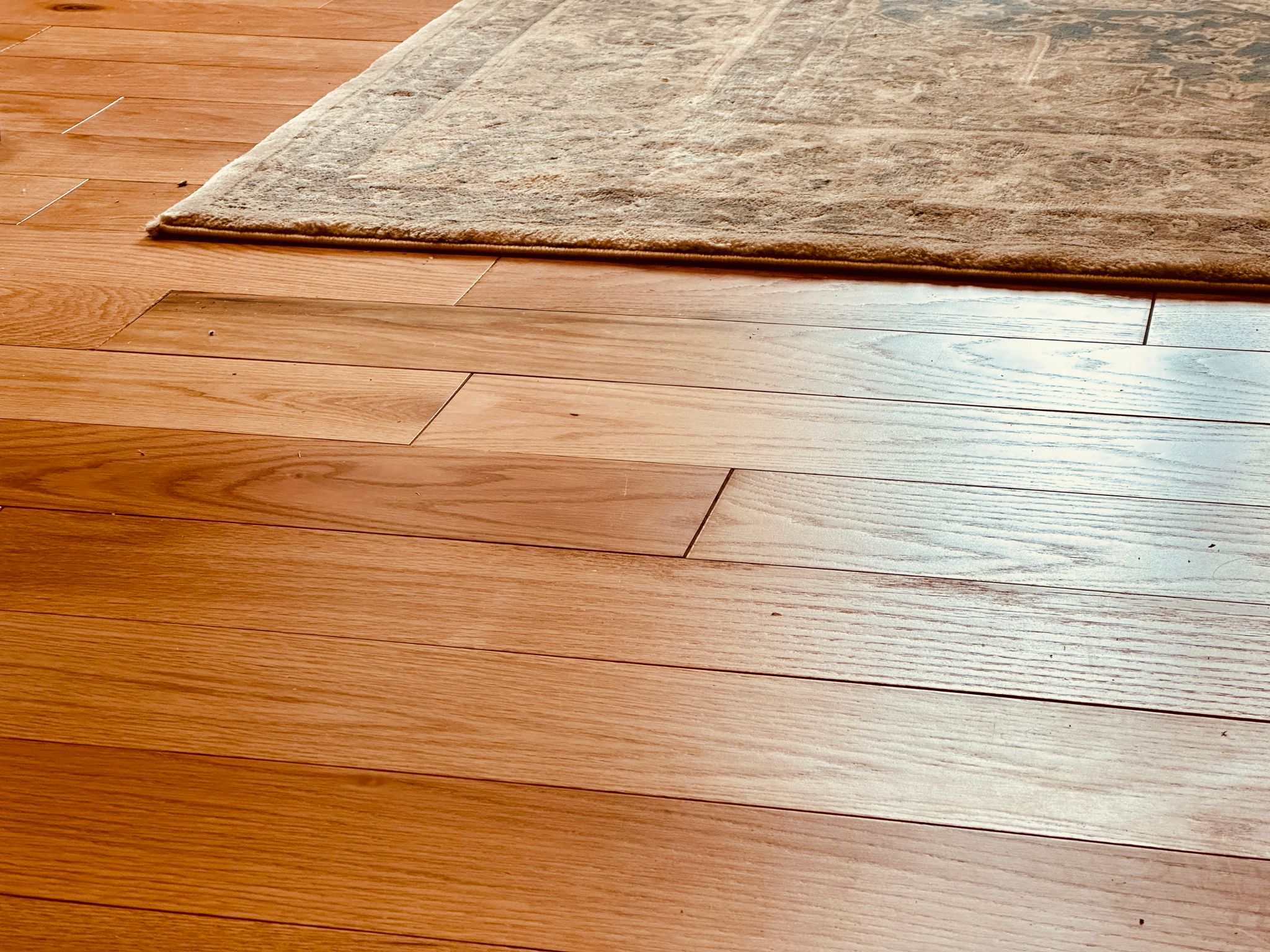Carpet vs. Hardwood Floor: Maintenance Costs Comparison and Decision Guide
Introduction to Flooring Options
When it comes to choosing the right flooring for your home, two popular options often stand out: carpet and hardwood. Both have their unique advantages and drawbacks, but one crucial factor that often influences decision-making is the maintenance cost. In this post, we will compare the maintenance costs of carpet and hardwood floors to help you make an informed decision.

Initial Costs and Installation
The initial cost and installation process can significantly differ between carpet and hardwood flooring. Typically, carpet is less expensive to purchase and install compared to hardwood. However, hardwood floors offer a more luxurious feel, increasing the overall value of your home. It's essential to consider these initial costs as they can affect your budget both short-term and long-term.
Carpet Installation
Carpet installation is generally quicker and less labor-intensive. It provides a soft, warm surface, making it particularly appealing in bedrooms and living areas. However, carpets tend to wear out faster, especially in high-traffic areas, which can lead to frequent replacements.
Hardwood Installation
Hardwood floors require a more complex installation process and are often more costly upfront. Despite this, they are known for their durability and can last decades with proper care. Additionally, the timeless appeal of hardwood can enhance the aesthetic value of your home.

Ongoing Maintenance Costs
Beyond initial costs, ongoing maintenance is a critical factor to consider. Carpet maintenance involves regular vacuuming and periodic deep cleaning to remove dirt, dust, and allergens. On the other hand, hardwood floors require regular sweeping or vacuuming to prevent scratches from dust and debris.
Carpet Maintenance
Maintaining carpets can be more labor-intensive due to their tendency to trap dirt and stains. Professional cleaning is recommended at least once a year, adding to the cost. Additionally, carpets may need to be replaced every 5-10 years depending on wear and tear.
Hardwood Maintenance
Hardwood floors are relatively easy to maintain. They may need occasional refinishing every 7-10 years to restore their shine and address scratches or dents. While refinishing can be costly, the longevity of hardwood often offsets this expense over time.

Aesthetic Appeal and Home Value
Beyond maintenance costs, consider the aesthetic appeal and impact on home value. Hardwood floors are highly sought after for their classic look and ability to complement various decor styles. They often increase a home's resale value.
Carpet offers a wide range of colors and textures, providing warmth and comfort that some homeowners prefer. However, it may not contribute as significantly to increased property value as hardwood.
Conclusion: Making Your Decision
Deciding between carpet and hardwood flooring ultimately depends on your budget, lifestyle, and personal preferences. If you prioritize cost-effectiveness and comfort, carpet may be the better choice. However, if long-term investment and increased property value are your goals, hardwood floors could be the way to go.
Weigh each option's pros and cons carefully, considering both immediate expenses and long-term maintenance costs. By understanding these factors, you can choose the flooring that best fits your needs and enhances your home's functionality and aesthetic appeal.
